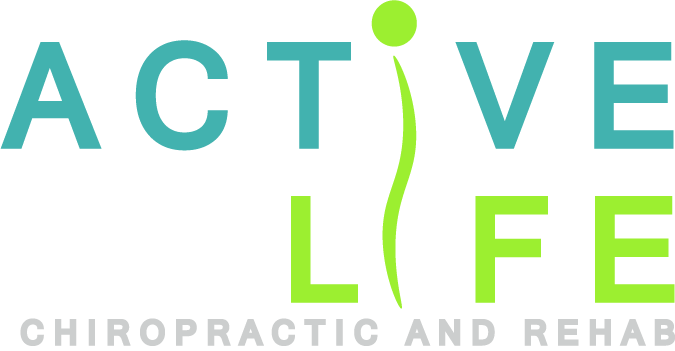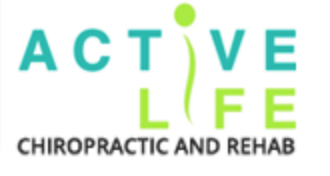CranioSacral Therapy FAQ
Craniosacral Therapy (CST) is a gentle, hands-on method of evaluating and working with the craniosacral system. The craniosacral system is made up of the Dura Mater membrane and cerebrospinal fluid that surround and protect the brain and spinal cord. Using very light pressure (about 5 oz. or the weight of a nickel), a practitioner can help to release restrictions within the craniosacral system. These restrictions can form over time and through large and small trauma’s throughout our lives.
The health of the Craniosacral system has a tremendous impact on our bodies and how we function, it surrounds the entire central nervous system which controls every other system in your body. If the craniosacral system has tension it makes sense that one or all of our systems may feel effects of that pressure and stress.
Each and every day your body undergoes stress and strains, overtime these stresses can create tension and distortions within the craniosacral system which can cause tension on the Dura Mater surrounding the brain and spinal cord resulting in inhibited flow of cerebrospinal fluid (CSF) and decreased performance of the central nervous system.
Craniosacral practitioners use their hands to evaluate and detect restrictions within the craniosacral system by feeling the motion and rhythm of the cerebrospinal fluid. Light touch techniques are then used to release those restrictions to allow improved CSF flow and central nervous system function.
Typically a craniosacral therapy session is about 45-60 minutes, takes place in a quiet, private setting. CST is performed with the patient fully clothed and lying on a comfortable massage table. Using a light touch the practitioner will evaluate the body for tension and imbalances in the craniosacral system.
The craniosacral system is accessed and treated using the bones and connective tissues of the body. Skilled CST practitioners can enhance fluid flow and balance membrane tension, releasing chronic tension patterns and enhancing fluid motility allowing the body’s healing mechanisms to operate more effectively.
The experience during a session can vary greatly by individual. Some experience a sense of deep relaxation, others feel a sensation of ‘unwinding’ tensions within the body. Sometimes, a past trauma or injury is recalled that caused the body stress. While this doesn’t happen every time, this is called “SomatoEmotional Release” and is a normal response and can help the body reverse dysfunction and restore mobility.
TLDR: It varies by person, symptoms, and condition.
Each patient’s needs and responses are uniquely their own and shouldn’t be compared to other’s. Even if their case appears similar to your own. It may take only one session, or it could take 3+ sessions per week for several weeks.
TLDR: Response to therapy varies from person to person.
You may leave feeling so relaxed you want to go home and sleep for hours. You may leave filled with a sense of boundless energy. You may feel a decrease in pain or increase in function immediately after the session, or these effects may develop gradually over the next few days. It is common for improvements to continue for weeks after the session.
Almost anyone can benefit from CST. The extremely light touch makes CST safe for children and infants who have experience with stress, including birth trauma. Some evidence suggests early age CST can help prevent future problems such as learning disabilities or ADD/ADHD.
Craniosacral Therapy is not appropriate for people whose condition may become unstable with increased or changed intracranial pressure.
Examples include:
- Acute aneurysm,
- Cerebral or brain hemorrhage,
- Severe or Preexisting bleeding disorders
If you have questions about whether this applies to you, seek the advice of your physician before receiving CST.

